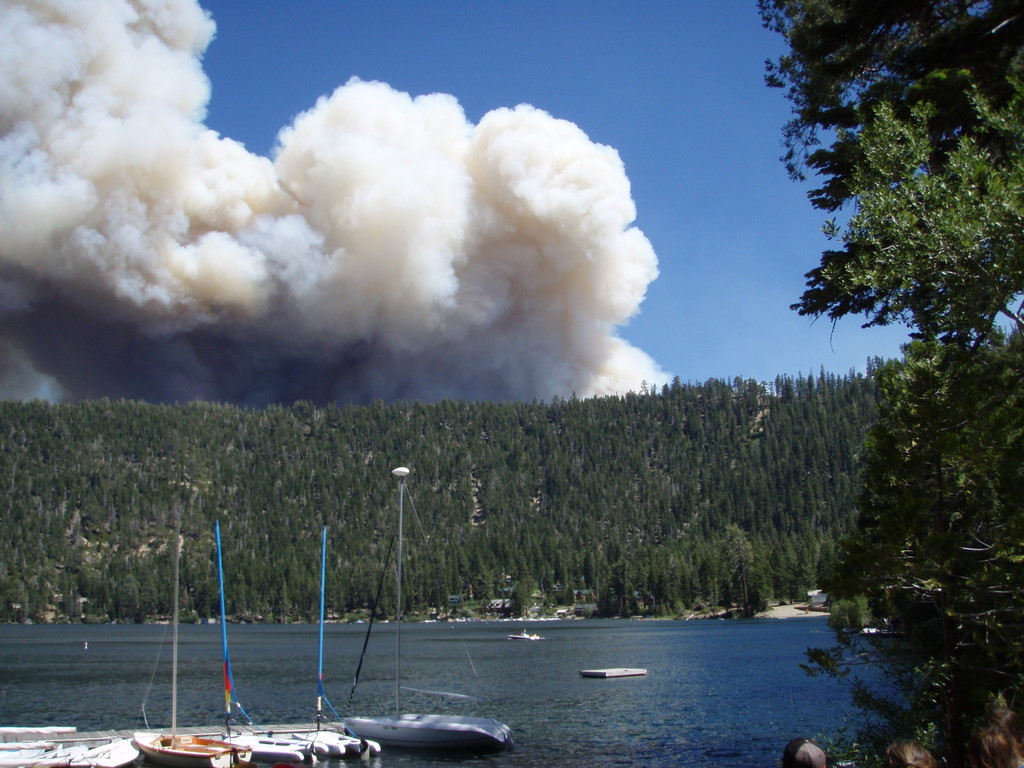
You can read more about that in my article: Stateline Lookout Trail: an easy hike with spectacular views of North Lake TahoeĪlthough the road has seen considerable improvements since the retirement of the lookout, extreme caution is recommended when driving along Angora Ridge Rd. On a related note, there’s a popular trail on the north shore of Tahoe that leads to the site of where a fire lookout once stood. The Angora Ridge lookout is one of only three surviving fire lookouts in the Tahoe region (Zephyr Cove and Martis Lookout). There’s enough room for a few cars to park in front of the garage where there are signs for parking. However, there are some interpretive signs nearby and spectacular views. The buildings are typically closed and locked. Today, the Angora Lookout is a popular, historic point of interest that many visitors stop by on their way to the Angora Lakes. It was during this era that the Angora Ridge Lookout was decommissioned. The entire road wasn’t paved until 2005.īy the early 1970’s, a large percentage of lookouts had been retired throughout California due to an increased emphasis on newer technology and prevention methods such as airplanes and helicopters. It wasn’t until 1963 that the ridge portion of the road was paved. Also, during this era, lookouts doubled as spotters for enemy aircrafts. In the early 1940’s, a garage structure was built next door. You can see the lookout in the photo above. It was in 1935 that the CCC built a new Angora Fire Lookout next to the original structure, which was converted into a small residence for those manning the lookout. During this period, an estimated 250 lookouts were built in California. In addition to many other projects, the CCC was tasked with building fire lookouts across the Nation. In 1933, FDR formed the Civilian Conservation Corps, which operated from 1933 to 1942 as a work relief program. Angora Fire Lookout in 1941 Source: National Archives
FALLEN LEAF LAKE FIRE PLUS
These 1D’s were believed to cost about $112 in labor plus materials, according to.



The lookout was a Dubois-inspired structure that some think was built in the mold of a dwelling 1D, which Dubois included in a 1917 Improvement Circular. Shortly after, construction began on Angora Ridge Road, which wasn’t completed until 1929.Īccording to one source, the construction of the road took nearly 5 years to complete because “It was all done by hand - a pick and shovel and crowbar, a very small amount of dynamite and a very great amount of sweat.” Two years later, the Angora Lookout was built on Angora Ridge in 1924. The first state funded lookout was built in 1922, according to CalFire. Coert DuBois was the man responsible for these changes as his disgust for the previous administration’s ineptness and his dedication to fire prevention led to a massive overhaul of forestry policies and practices.Īdditionally, DuBois aided in the 1911 Congressional passing of “Weeks Law” and also helped motivate California’s State Legislature to appropriate money for fire prevention in 1919. History of the Angora Lookoutįrom 1910-1914, the US Forest Service in California underwent dramatic changes. Additionally, the lookout provides spectacular views of the Tahoe Basin. The Angora Fire Lookout, also known as Angora Ridge Lookout or Angora Lookout, is perched on the Angora Ridge above Fallen Leaf Lake at an elevation of 7,256 feet.Īlthough the lookout is no longer in service, it remains a popular destination for hiking, biking and snowshoeing.


 0 kommentar(er)
0 kommentar(er)
